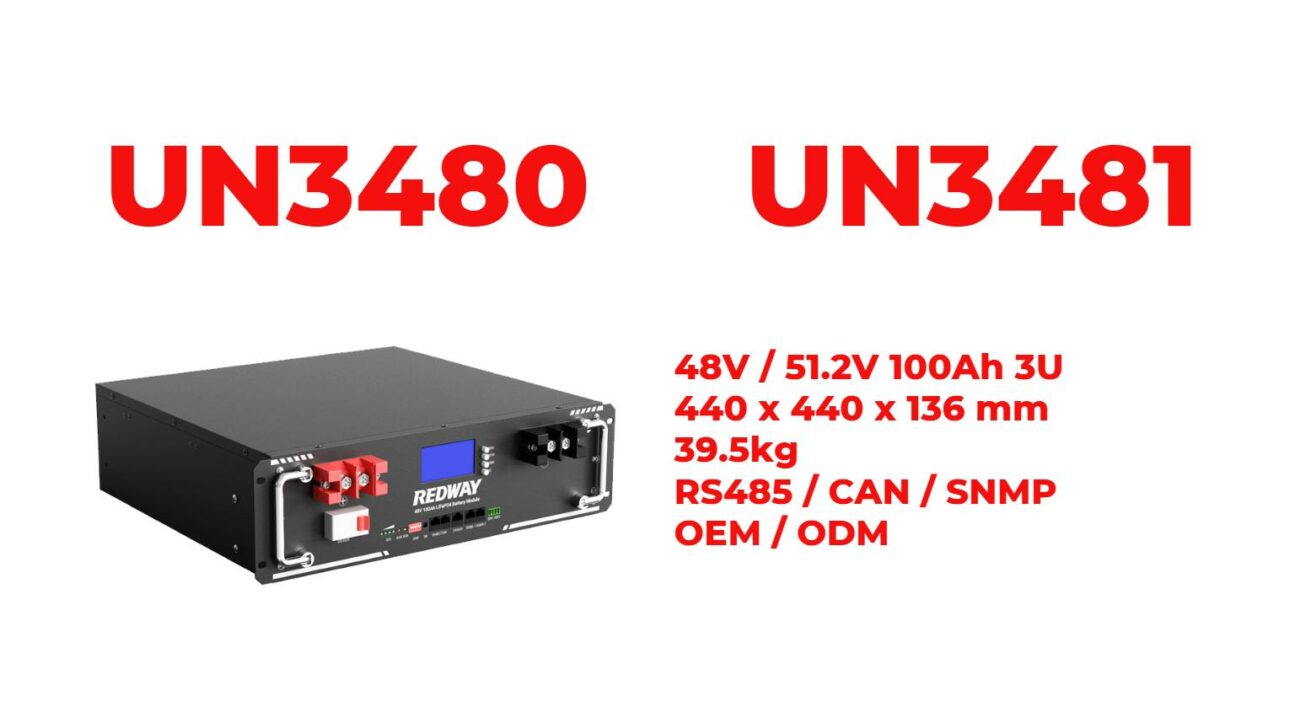Do Heated Jackets Emit Harmful Radiation?
Heated jackets are designed to provide warmth through integrated heating elements, but many users wonder about their safety, particularly regarding radiation. Generally, heated jackets emit minimal electromagnetic radiation, which is not considered harmful. Understanding their safety features and proper usage can help ensure a safe experience.
What are the safety concerns associated with heated jackets?
Safety concerns related to heated jackets primarily revolve around:
- Overheating: If not properly monitored, heating elements can become too hot, potentially leading to burns or damage.
- Electrical Hazards: There is a risk of electric shock if the jacket is damaged or improperly used.
- Battery Safety: Concerns about battery malfunctions, such as swelling or leakage, can arise if the battery is not maintained correctly.
Safety Concerns Chart
| Concern | Description |
|---|---|
| Overheating | Risk of burns from excessively hot elements |
| Electrical Hazards | Potential for electric shock |
| Battery Safety | Issues related to battery malfunctions |
Do heated jackets emit harmful radiation?
Heated jackets do emit some level of electromagnetic radiation; however, this emission is typically very low and not considered harmful. Most heated apparel operates at low voltages (usually below 12V), which minimizes any potential health risks associated with electromagnetic fields (EMF). According to studies, the levels emitted by these garments are much lower than those from common household devices like microwaves or cell phones.Radiation Emission Chart
| Device | EMF Emission Level |
|---|---|
| Heated Jacket | Low (under 12V) |
| Microwave | High (potentially harmful) |
| Cell Phone | Moderate (within safety limits) |
What types of radiation do heated jackets emit?
Heated jackets primarily emit low-frequency electromagnetic fields (EMF) due to their electrical components. The key points include:
- Low-Frequency EMF: The frequency is typically at 0 Hz, meaning there is no high-frequency EMF that could pose health risks.
- Infrared Radiation: Some heated jackets may emit far-infrared radiation, which is generally considered safe and can even promote blood circulation.
Radiation Types Chart
| Type | Description |
|---|---|
| Low-Frequency EMF | Minimal and not harmful; operates at 0 Hz |
| Infrared Radiation | Safe and beneficial for circulation |
How can you ensure safe use of heated jackets?
To safely use a heated jacket, consider these guidelines:
- Follow Manufacturer Instructions: Always adhere to the guidelines provided by the manufacturer regarding usage and care.
- Inspect Regularly: Check for any signs of wear or damage to the heating elements and wiring before each use.
- Avoid Moisture Exposure: Ensure that the jacket remains dry during use; moisture can increase electrical hazards.
- Use Compatible Batteries: Only use batteries recommended by the manufacturer to avoid malfunctions.
Safe Use Guidelines Chart
| Guideline | Description |
|---|---|
| Follow Instructions | Adhere to manufacturer guidelines |
| Inspect Regularly | Check for damage before use |
| Avoid Moisture Exposure | Keep the jacket dry during operation |
| Use Compatible Batteries | Prevent issues by using recommended batteries |
What safety features are built into heated jackets?
Heated jackets often come equipped with several safety features:
- Temperature Control: Many models include adjustable heat settings that allow users to select their desired warmth level.
- Automatic Shut-off: This feature turns off the heating elements after a certain period or if overheating is detected.
- Water-resistant Materials: Quality heated jackets are made from materials that resist moisture, protecting electrical components.
Safety Features Chart
| Feature | Description |
|---|---|
| Temperature Control | Adjustable settings for user comfort |
| Automatic Shut-off | Turns off heating elements when necessary |
| Water-resistant Materials | Protects against moisture exposure |
Frequently Asked Questions
- Do heated jackets emit harmful radiation?
No, they emit minimal low-frequency EMF that is not considered harmful. - What should I do if my heated jacket feels too hot?
Turn off the heating elements immediately and remove the jacket to prevent burns. - What safety features do heated jackets have?
Common features include temperature control, automatic shut-off, and water-resistant materials.
Industrial News
Recent advancements in wearable technology have led to improved designs in heated clothing, focusing on enhancing safety features while maintaining comfort and performance. Manufacturers are increasingly incorporating smart textiles that allow for better temperature regulation and energy efficiency. These innovations aim to meet consumer demand for safe, effective heating solutions in various applications.
Expert Views
“Safety in heated clothing is paramount,” states a wearable technology expert. “By understanding how these garments operate and adhering to proper usage guidelines, consumers can enjoy warmth without compromising their health.” This highlights the importance of informed practices when using modern heating technologies.

